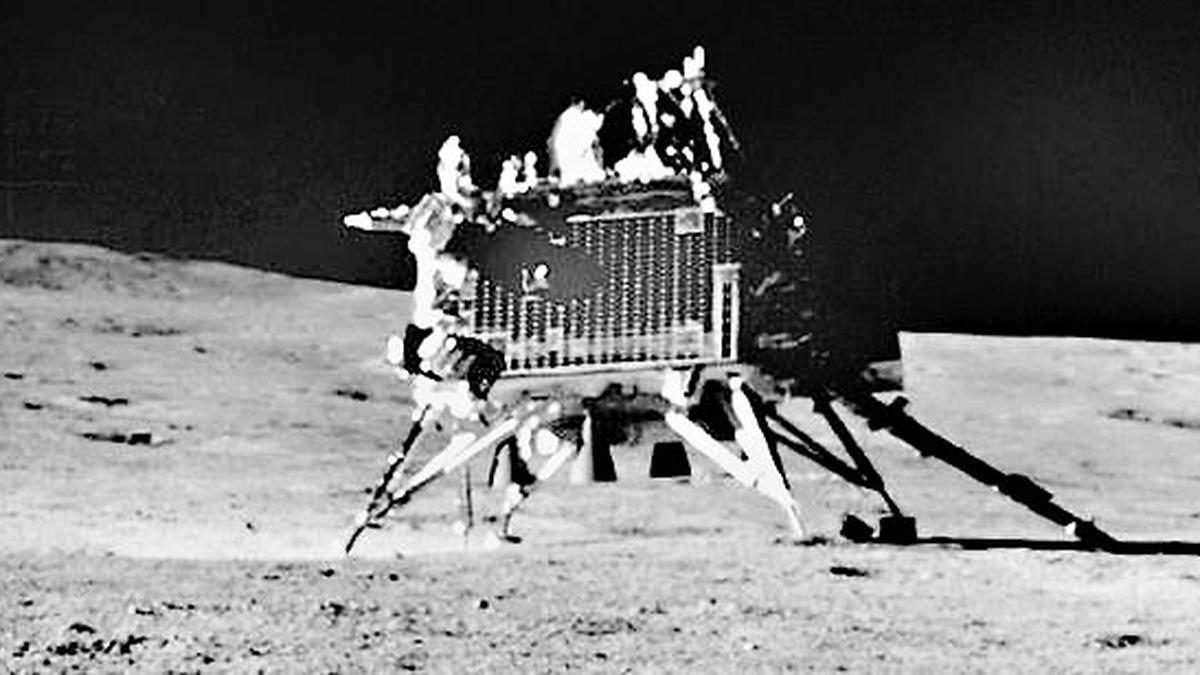
Pragyan rover finds an unexpected surprise on the moon: sulphur | Explained Premium
The Hindu
Instruments on the Pragyan rover of the Chandrayaan-3 mission measured sulphur in the soil, suggesting higher concentrations than expected. This could enable astronauts to live off the land and build solar cells, batteries, fertiliser and concrete from lunar resources.
In an exciting milestone for lunar scientists around the globe, India’s Chandrayaan-3 lander touched down 600 km from the south pole of the moon on August 23, 2023.
In just under 14 Earth days, Chandrayaan-3 provided scientists with valuable new data and further inspiration to explore the moon. And the Indian Space Research Organisation has shared these initial results with the world.
While the data from Chandrayaan-3’s rover, named Pragyan, or “wisdom” in Sanskrit, showed the lunar soil contains expected elements such as iron, titanium, aluminum and calcium, it also showed an unexpected surprise – sulphur.
Planetary scientists like me have known that sulphur exists in lunar rocks and soils, but only at a very low concentration. These new measurements imply there may be a higher sulphur concentration than anticipated.
Pragyan has two instruments that analyse the elemental composition of the soil – an alpha particle X-ray spectrometer and a laser-induced breakdown spectrometer, or LIBS for short. Both of these instruments measured sulphur in the soil near the landing site.
Sulphur in soils near the moon’s poles might help astronauts live off the land one day, making these measurements an example of science that enables exploration.
There are two main rock types on the moon’s surface – dark volcanic rock and the brighter highland rock. The brightness difference between these two materials forms the familiar “man in the moon” face or “rabbit picking rice” image to the naked eye.

The Leela Palace Chennai presents the seven edition of Shefs at The Leela in collaboration with ‘Dean With Us’ — the mother-daughter duo of Rupali and Akansha Dean. The event honours the transformative role of Indian women chefs who are shaping the future of gastronomy. After past editions hosted across Bengaluru, Gurugram, Chennai, and Jaipur, the seventh edition in Chennai will bring together four women chefs — Sambhavi Joshi, Taiyaba Ali, Sehaj Ghuman and Bunuma Patagiri, who will bring their years of expertise into curating a menu that speaks both of their work and India’s diverse culinary heritage.





















 Run 3 Space | Play Space Running Game
Run 3 Space | Play Space Running Game Traffic Jam 3D | Online Racing Game
Traffic Jam 3D | Online Racing Game Duck Hunt | Play Old Classic Game
Duck Hunt | Play Old Classic Game










